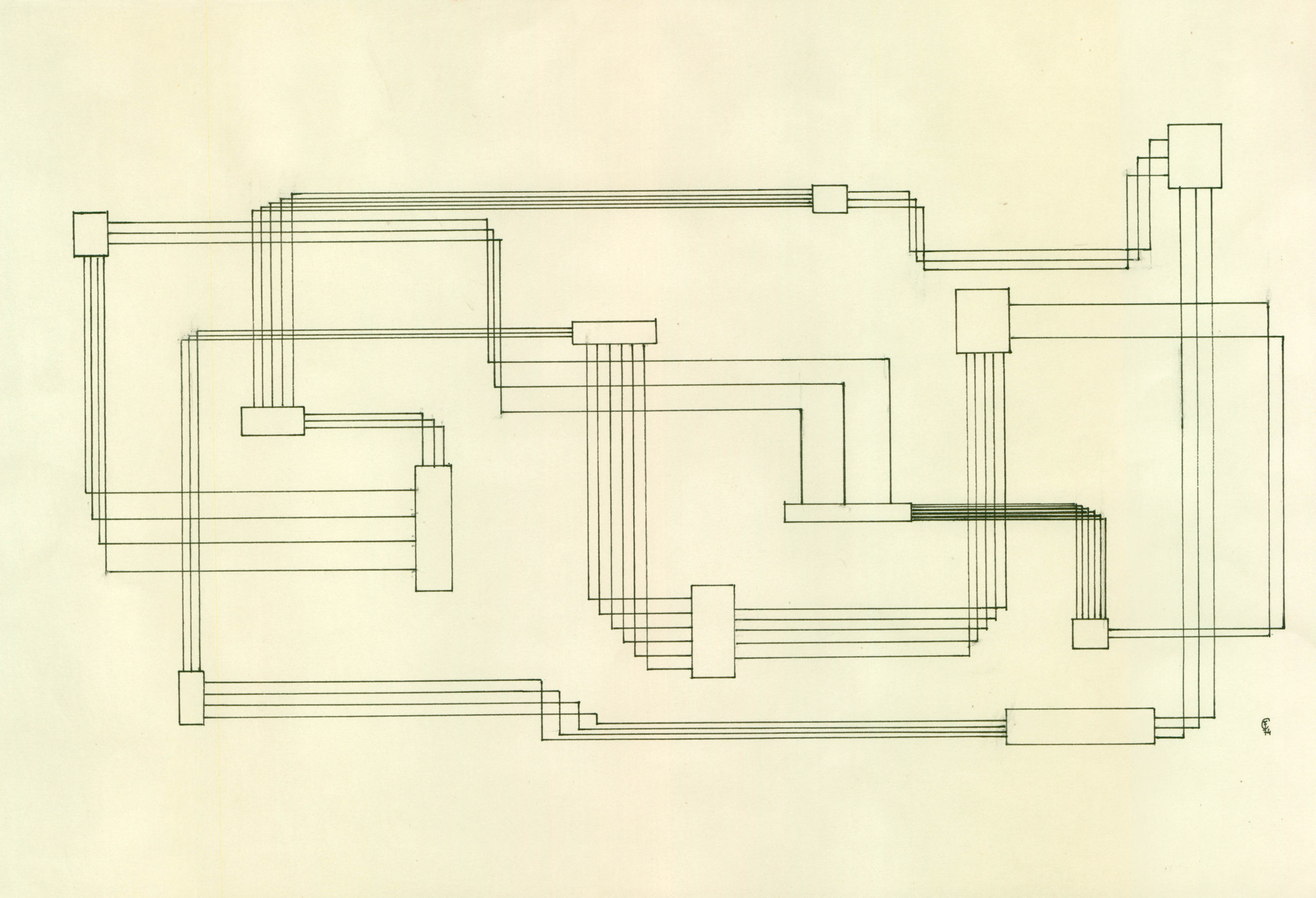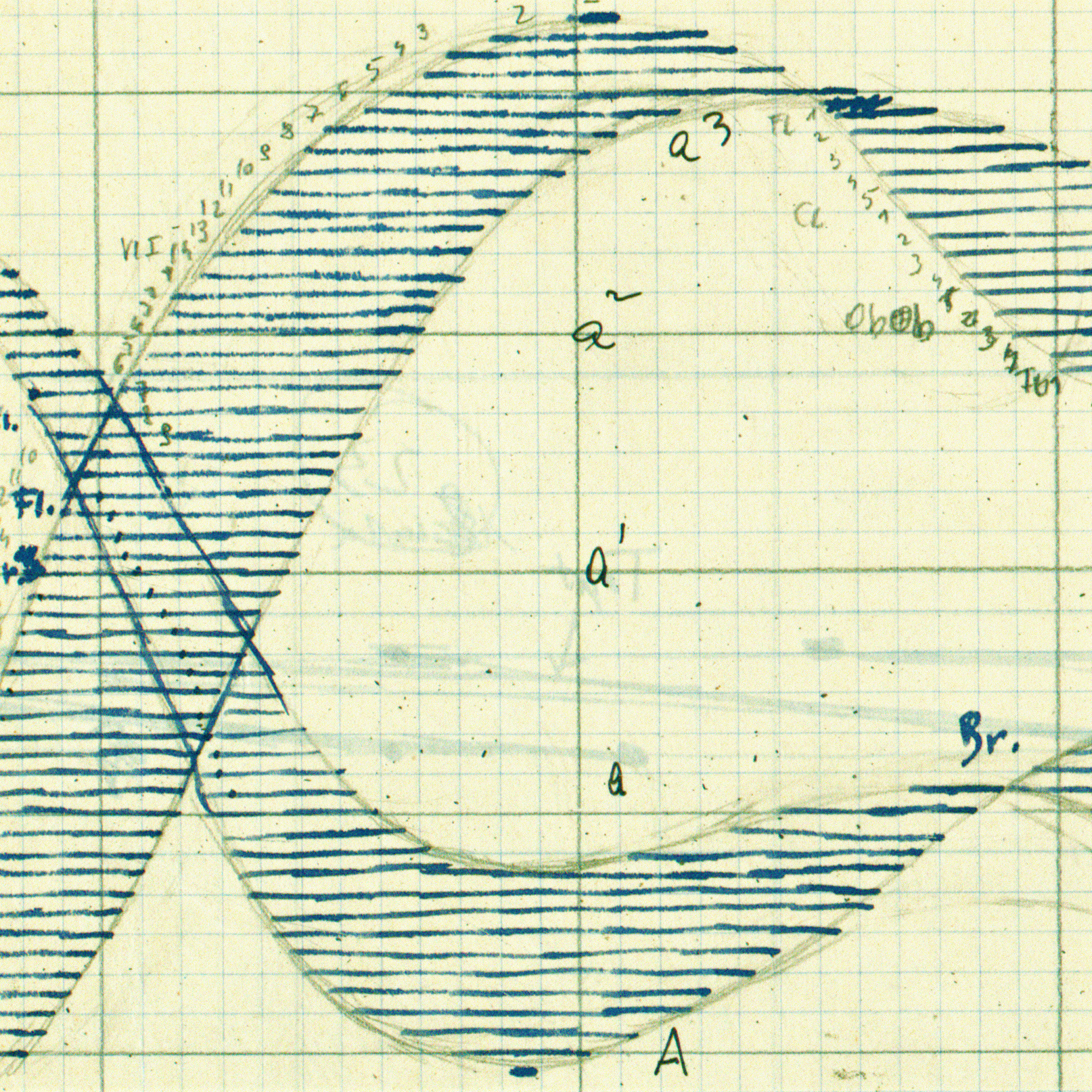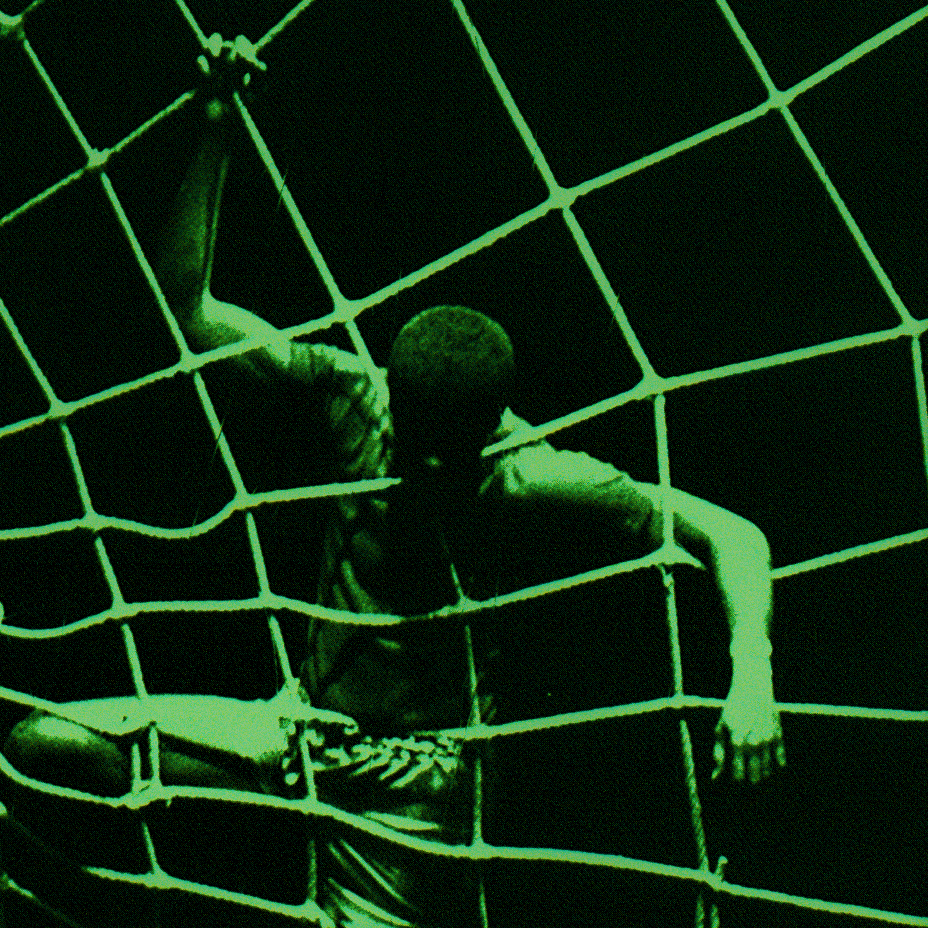The Nature of Art
Music and cybernetics
The Art of Nature
Music and botany
Santiago Ramón y Cajal, Sketch of a Severed Nerve
1913, ink and pencil on paper, 22.8 x 9.2 cm.
Spanish physician Ramón y Cajal researched the central nervous system intensively and made numerous artistically interesting drawings of its structures. A few decades later, the new science of cybernetics picked up these findings again. Cerha examined the subject from a musical point of view; perhaps he would read Cajal’s drawing as a musical score.
Image source: Legado Cajal. Instituto Cajal (CSIC), Madrid

Friedrich Cerha, Drawing of a musical concept (1974).
Zugang
In living organisms, disruption means distress – illness. Healing is a new adaptation to an old order, not full healing – “getting better” often means adapting to a new equilibrium brought about by changed conditions. […] I’m not interested in the perfect work of art, a flawless functioning, the uninterrupted development of a system, but rather the formation of organisms capable of reacting to changed conditions, absorbing disturbances, and integrating change into new orders.
Friedrich Cerha
Schriften: ein Netzwerk, Vienna 2001, p. 80
The cybernetic utopias and visions spread quickly, stimulating art as well as science. In the late 1950s, Cerha came across the writings of Norbert Wiener, the “Father of Cybernetics”, reading them with irrepressible curiosity, fascinated by the theories of self-organized balanced systems. He discovered Ross Ashby’s homeostat, an apparatus made up of circuits in continuous search of a new balance with one another.
These cybernetic models of thought influenced Cerha’s music. Intersecazioni (1959) is already reaching for a poetics of systemic interruption. Cerha created Fasce that same year, a superorganism birthed as huge orchestral masses that create balance but then disrupt it over and over again. And finally, in Netzwerk, various musical and theatrical subsystems influence each other to form a kind of evolution.
Werke zum Themenfeld
Masse und Macht
Fasce, 1959
Verstrickungen
Netzwerk, 1962—80
Die Schönheit der Störung
Intersecazioni, 1959



